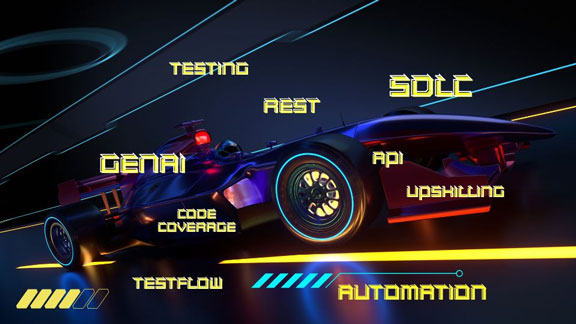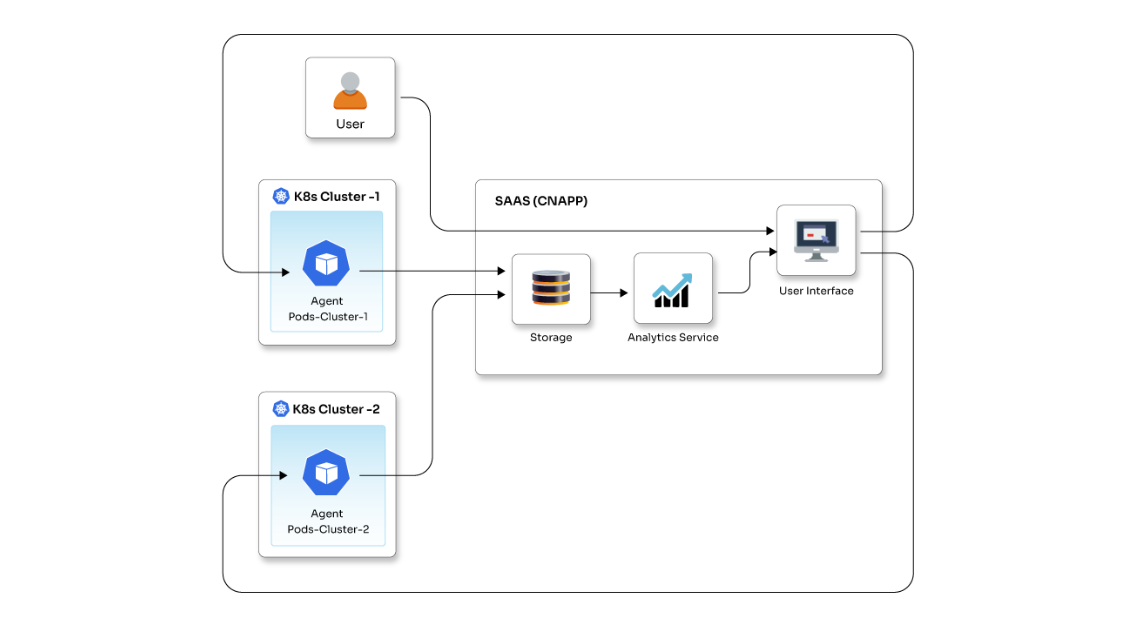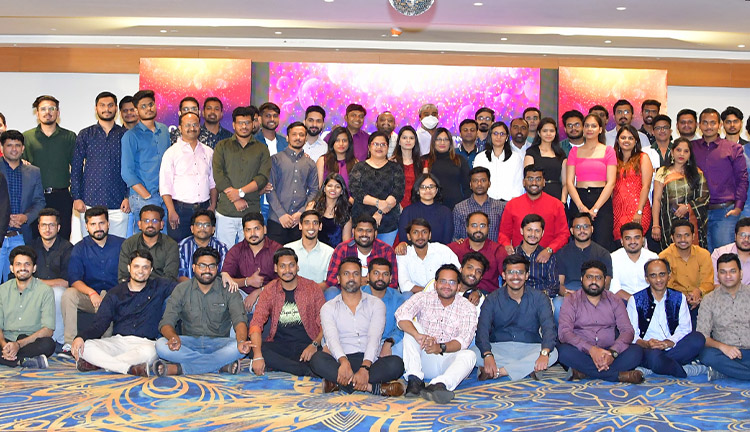Kubernetes Trends for 2025 | Opcito Technologies

Posted By
Abhijit Kharat

As we gear up for KubeCon and CloudNativeCon North America 2024 in Texas, it's time to take a look at the shifts reshaping the Kubernetes landscape. The European edition earlier this year offered a glimpse into the future, and it's clear that 2025 promises to be even more transformative. From serverless Kubernetes to AI/ML integration and the rise of WebAssembly, the Kubernetes ecosystem is evolving at a rapid pace. As organizations seek to optimize their cloud-native strategies, these trends are becoming increasingly essential.
What are the latest Kubernetes trends
Just like you, I am extremely excited about KubeCon, and this seems like the perfect time to discuss what we can expect. Here's my take on the top four Kubernetes trends that we will witness in 2025.
Serverless Kubernetes
Serverless Kubernetes offers a solution that eliminates the need to configure and maintain your K8s clusters. This reduces infrastructure overhead and makes Kubernetes accessible to startups and smaller organizations. Another advantage is the pay-as-you-go pricing model that aligns well with 'serverless,' ensuring you only pay for the resources you consume. Moreover, serverless Kubernetes' ability to automatically scale resources based on workload demands and its seamless integration with application catalogues simplifies deployment and management. Ideal for compute-intensive workloads, it is well-suited for tasks like inference serving, distributed training, batch simulations, and rendering.
While Kubernetes doesn't natively support serverless workloads, tools like Knative, OpenFaas, and Apache OpenWhisk can extend their capabilities to enable serverless functions on Kubernetes clusters. The benefits of serverless K8s are immense and frankly too attractive, making it a growing trend among organizations.
AI/ML on Kubernetes
AI/ML has emerged as a transformative trend, enabling organizations to effectively deploy, manage, and scale complex workloads, reducing latency and enhancing real-time processing. Additionally, intelligent infrastructure management capabilities, such as predictive capacity planning, can optimize resource utilization and costs. This synergy is particularly valuable in sectors like finance, healthcare, and e-commerce, where data-driven decision-making is highly valuable.
Organizations now deploy AI and ML models to handle vast amounts of data and intensive compute tasks. In financial services, it is used for fraud detection algorithms that can scale with transaction volumes. In healthcare, medical research organizations deploy ML models to analyze large datasets for drug discovery and personalized medicine. In e-commerce, it can be used for personalized recommendations, optimizing Kubernetes for real-time data processing and insights generation. Tools like Kubeflow and TensorFlow facilitate these deployments by simplifying ML workflows on Kubernetes or leveraging Kubernetes' orchestration capabilities for distributed applications
Automated machine learning pipelines on Kubernetes streamline the entire process, from data ingestion to model deployment. Kubernetes also provides scalability and resource management, ensuring that AI/ML workloads have the necessary resources to handle varying demands.
Web assembly adoption (WASM)
WebAssembly, initially designed for web browsers, has found its way within the Kubernetes ecosystem. Its ability to provide near-native speed, smaller size, faster startup, and enhanced security makes it an attractive alternative to traditional containers for serverless workloads. This combination is revolutionizing web development and deployment. As Wasm continues evolving and expanding its capabilities, we expect to see more innovative, efficient, and scalable cloud-native applications.
SpinKube - a notable open-source project that aims to streamline WebAssembly workloads in Kubernetes opens new possibilities for ultra-high-performing serverless workloads and provides a more efficient way to manage specific microservices. As the adoption of Wasm in Kubernetes grows, it is likely to impact how serverless applications are developed and deployed significantly. The synergy between these two technologies presents a promising future for cloud-native development.
Zero trust security
Zero trust has emerged as a critical security parameter, particularly considering the federal zero trust strategy mandated by the US government. Kubernetes already provides a strong foundation for implementing zero trust principles due to its well-defined security model and mechanisms for an extension. The most effective way to achieve zero trust in Kubernetes is through a service mesh. By leveraging Kubernetes' sidecar concept to inject proxies into application pods at runtime, these proxies handle all incoming and outgoing traffic, enabling the service mesh to deliver security features without modifying the application code. Achieve zero trust by verifying every request, regardless of origin, granting minimum necessary access, isolating applications and data, and implementing robust IAM controls where necessary.
Opcito and Kubernetes
As an early adopter and former partner of Kubernetes, Opcito has a deep-rooted understanding of this transformative technology. Our CNCF-certified team brings a wealth of expertise to Kubernetes projects, with a particular focus on security. This experience positions us to provide valuable guidance to organizations navigating the evolving landscape of cloud-native applications. As Kubernetes continues to shape the future of IT infrastructure, Opcito remains committed to staying at the forefront of innovation and helping our customers leverage the full potential of this powerful platform. Write to us at contact@opcito.com to know more.
Join us at KubeCon: Let's talk in person - https://www.linkedin.com/in/abhijitkharat/
Related Blogs




















